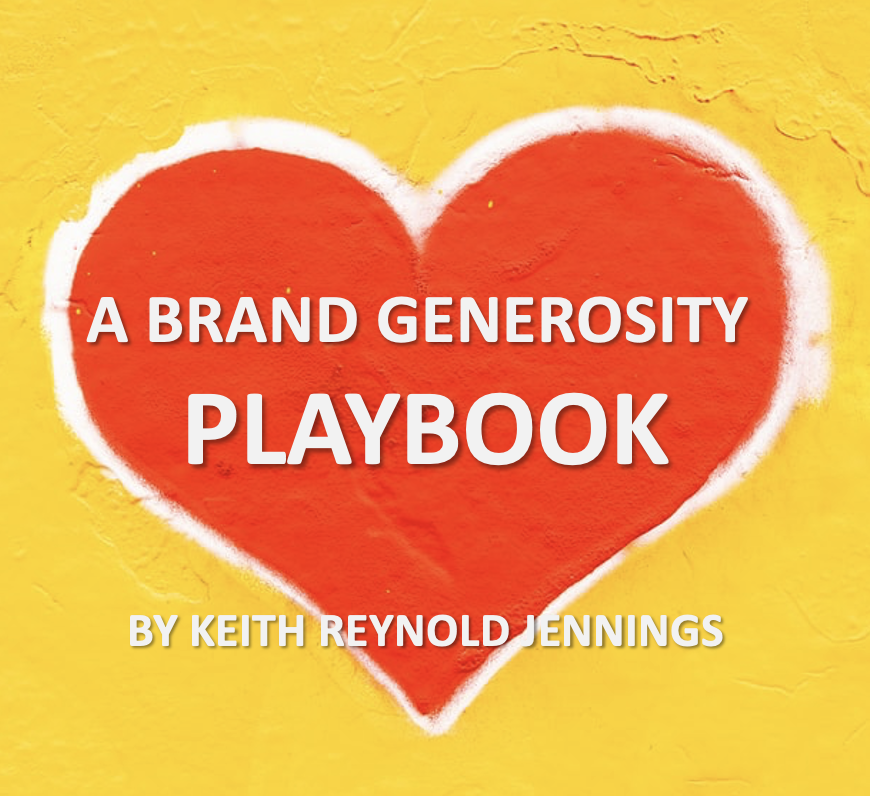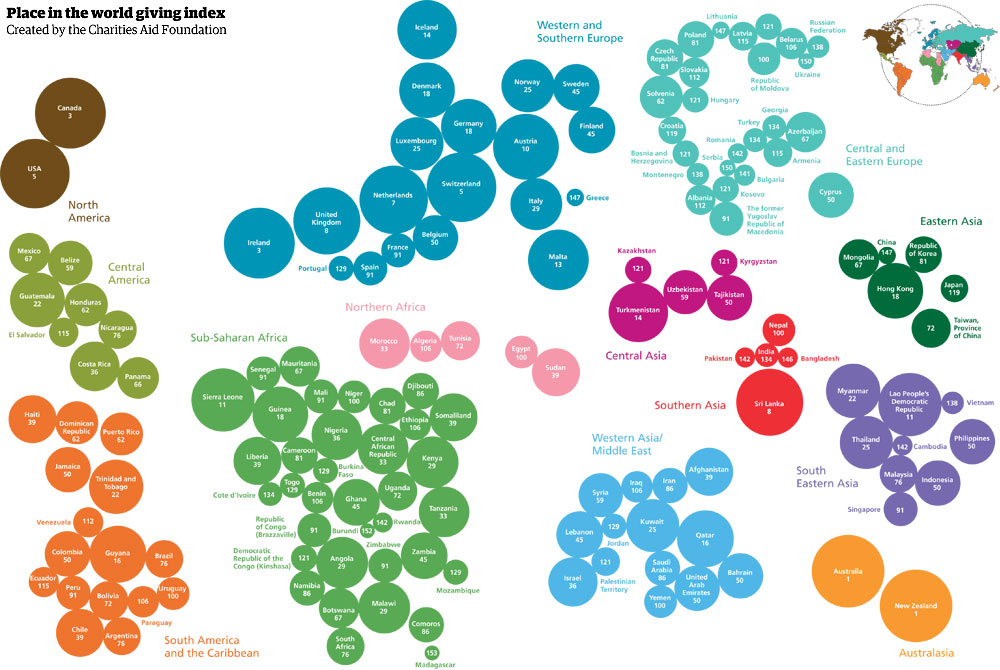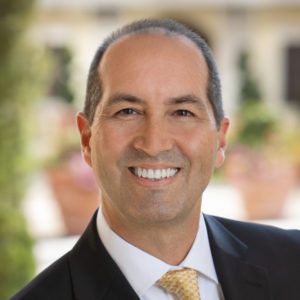
By Keith Reynold Jennings, {grow} Contributing Columnist
In this article, I want to introduce you to practical, scalable ways you, your team, and brand can be more generous with your customers, employees, and community.
Why?
According to recently published research by Pinterest, people are feeling pulled by a tension between anticipation and anxiety.
On one hand, folks are excited to be getting back out in the world. Excited by the smiles, smells, and sounds they’ve been away from for so long.
On the other hand, they’re concerned about their safety, the return of traffic and commutes, and the loss of work flexibility they’ve gained over the past year.
Pinterest reported that people have developed new positive habits during the pandemic, including reoriented values and reprioritized rhythms. And they want to make sure these new routines are protected as their lives get busier again.
The second pandemic
Running parallel to this is what Ray Kotwicki, MD, MPH, chief medical officer at Skyland Trail, is calling, “the second pandemic.” He’s referring to preliminary data suggesting that between 20 percent and 30 percent of people infected with Covid-19 have developed some mental illness within 90 days of infection.
On top of Dr. Kotwicki’s concerns, we’ve seen an increase in the average share of adults reporting anxiety and/or depressive disorders.
I guess we’re back to Charles Dickens, “It was the best of times, it was the worst of times…”
Here’s what all this tells me. You and I, as well as our co-workers and customers, need generosity more than ever.
We need to be generous with ourselves. We need others to be generous to us. And we need to be generous to others.
What an opportunity for brands!
Whether or not you are returning to an office environment or continuing to work from home, I want to encourage you and your brand to make generosity a priority and habit. Not for marketing purposes! For human purposes.
The problem with “Giving Back”
When many companies talk about serving others in their community and beyond, they often use the phrase, “giving back.”
In general, giving back is a good thing; however, it comes with some problems.
The first problem with giving back is that it implies you have excess cash or time. However, for many of the people and businesses in the world, they don’t get enough to give. They spend their days simply trying to survive.
The second problem with giving back is that it can do more harm than good. The once-celebrated TOMS Shoes came under heavy fire years ago when its “buy a pair, give a pair” model turned out to hurt local sellers and disrupt local economies in the countries they targeted.
I’m a huge supporter and fan of companies who “give back” — I’m blessed to work for one. But I’ve come to believe generosity is a much bigger idea. And a much more practical opportunity for most people and businesses.
Some of the most generous people I’ve ever met had little to give. But they exuded kindness, care, and service. They put the needs of others above their own.
Your brand may or may not be able to give back, but it can be generous.
Now, let’s look at two steps your business can take to frame and activate its generosity for maximum impact.
First, find your focus
How many nonprofits do you think are in your city?
How about in your country?
What about in the world?
I live in Atlanta, Georgia in the United States, where there are nearly 15,000 nonprofits in Fulton County alone. The greater Atlanta metropolitan area more than doubles that number.
In my state of Georgia, there are nearly 80,000 nonprofits. And in the U.S., there are over 1.5 million registered nonprofits.
No one really knows, but estimates report there are at least 10 million charitable organizations throughout the world.

The first step toward brand generosity is focus. Don’t try to serve any and every nonprofit around you. And don’t let convenience determine where you serve.
A strategic way to achieve this focus is to partner with nonprofits who serve a cause related to your mission, origin story or values.
The mission at my company, Jackson Healthcare, is to “improve the delivery of patient care and the lives of everyone we touch.” We are a family of healthcare staffing, search, and management companies. We were founded by an incredible man who spent his childhood in the foster care system without a stable family support system.
Our two focus areas for corporate brand generosity tie directly to our mission and origin:
- We partner with organizations that improve access to healthcare for people in Georgia and beyond.
- We also partner with organizations that improve the well-being of young people, especially those at-risk and without stable family systems.
Connecting the dots of brand generosity
If you look at those two focus areas and compare them to the mission statement above, you can see the direct connection.
If you run a marketing services business, maybe you could partner with organizations to help bring awareness to or be a voice for invisible or ignored people, illnesses, or injustices.
If you are a manufacturer, maybe you could partner with organizations to ensure safe environmental practices and impact.
If you work in the food services business, maybe you could work with local nonprofits to eliminate food insecurity in your city.
Here are some questions to help your business find its focus:
- What is the mission of your organization?
- Is there something tied to your founder’s past (or CEO) that can serve as a guide?
- Is there a cause tied to your industry you could support and help move the needle on?
- Is there a local issue or need you could help address?
The key is to find your focus.
Activate your 4Ps
When it comes to brand generosity, many businesses leverage some combination of volunteerism and sponsorships.
However, these approaches can be limiting. And, depending on the size, stage, and season of your business, they may not be feasible.
I want to introduce four ways you can activate your brand. I call them the 4Ps of active generosity:
1. People
The key to activating and leveraging your people is to look at volunteerism through a broader lens. Here are some ways your people can serve in the community:
- Individual and/or team community service days
- Local nonprofit boards
- Pro bono website, social media, marketing, and fundraising work
- Mentoring and advising nonprofit leaders
2. Programming
The key to programming is to look for ways you can mobilize your business processes and technologies to serve others. At Jackson Healthcare, we have companies that specialize in telehealth services. So, we’ve created a nonprofit program that provides virtual medical consultations to children and youth in orphanages around the world.
Here are some ideas to spark your programmatic thinking:
- Create business case challenges and host “shark tank” events for local students.
- Host in-person or virtual lunch-and-learns and invite local nonprofit leaders to share their work with your employees.
- Help your clients/customers better serve their local communities or customers.
3. Philanthropy
Sure, some companies have Foundations that award grants and scholarships to nonprofits and people. But, like volunteerism, think of philanthropy in a much broader context.
- Match your employees’ personal donations and volunteer time (up to a maximum amount per year).
- Sponsor local events and fundraisers, such as galas, 5Ks, and tournaments.
- Give employees a specific number of hours each year to serve in the community on company time.
- Host donation drives for specific community needs, such as nonperishable foods, school supplies, winter clothing, etc.
4. Partnerships
As you activate your people, programming, and philanthropy to support local (and sometimes global) organizations, you’ll discover that a few of those nonprofit organizations are so well run, so aligned with your generosity focus, and so effective in their community impact, that you will want to make a larger, longer-term commitment to them.
That’s when you can commit to one-year or multi-year partnerships with specific organizations. Or you can bring together a network of community partners to address a specific problem, such as homelessness, literacy, or trafficking.
Brand generosity is Infectious (in a good way)
Brand generosity generates powerful results.
I’ve seen generous brands attract top talent, as well as increase employee satisfaction, engagement, and retention. And I’ve seen them win RFP (request for proposal) shoot-outs.
Beyond that, emerging scientific research is confirming that simple, everyday acts of generosity boost our dopamine, serotonin, and oxytocin levels. Scientists call this a “giver’s high” or “happiness trifecta.”
Brand generosity can even generate triple-bottom-line results by improving people, planet, and profits.
In a world where every brand is clamoring for success, I’m hopeful more post-pandemic winners are brands who prioritize significance and work to bring a lift to all their stakeholders: employees, customers, shareholders, partners, and communities.
If you are ready to get started exploring organizations or causes that are helping combat cumulative disadvantage, Mark Schaefer has created a vetted list of nonprofits I encourage you to explore.
 Keith Reynold Jennings serves as vice president of community impact for Jackson Healthcare. He writes and speaks at the intersection of values, impact, and identity. Connect with Keith via LinkedIn and his monthly newsletter.
Keith Reynold Jennings serves as vice president of community impact for Jackson Healthcare. He writes and speaks at the intersection of values, impact, and identity. Connect with Keith via LinkedIn and his monthly newsletter.


